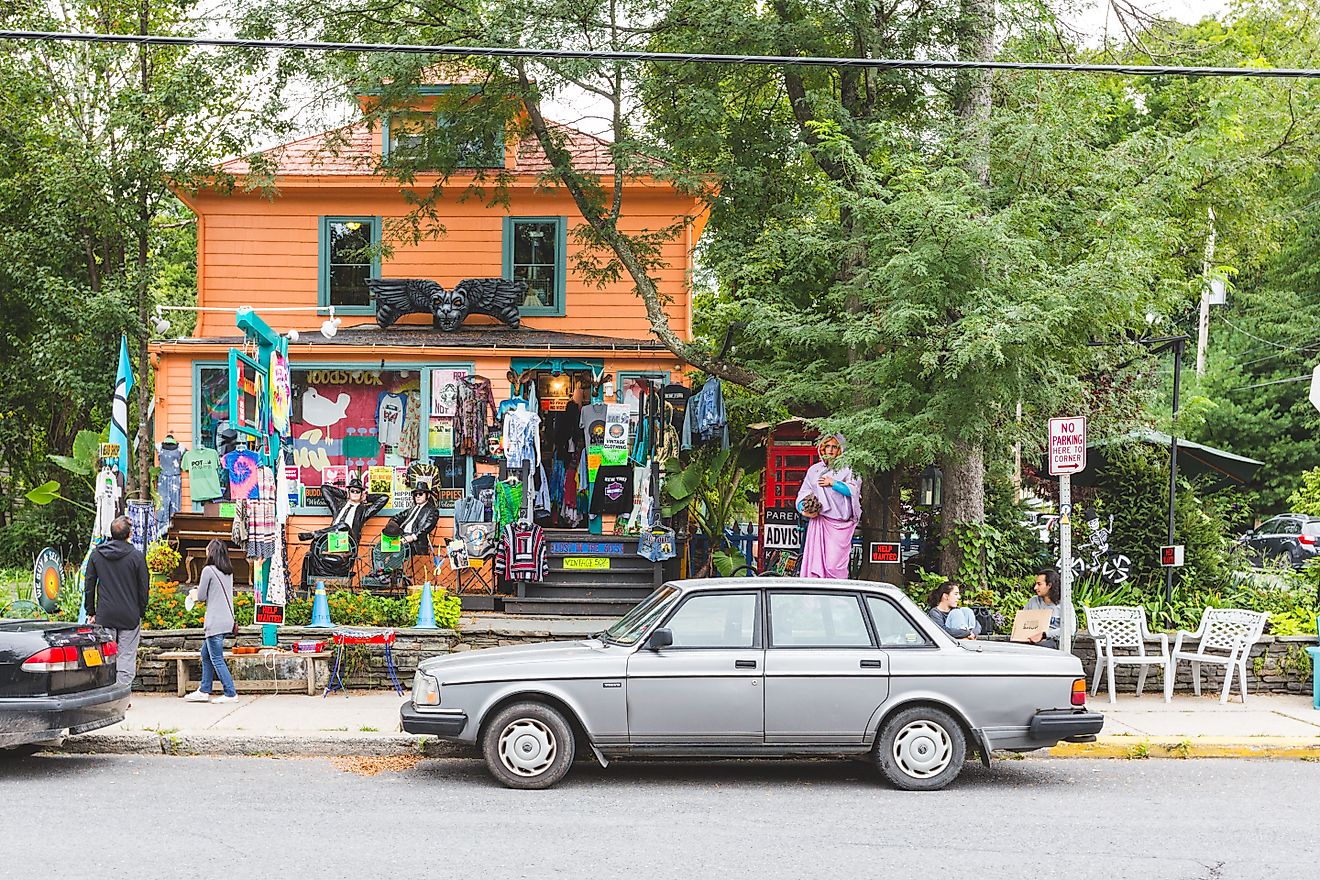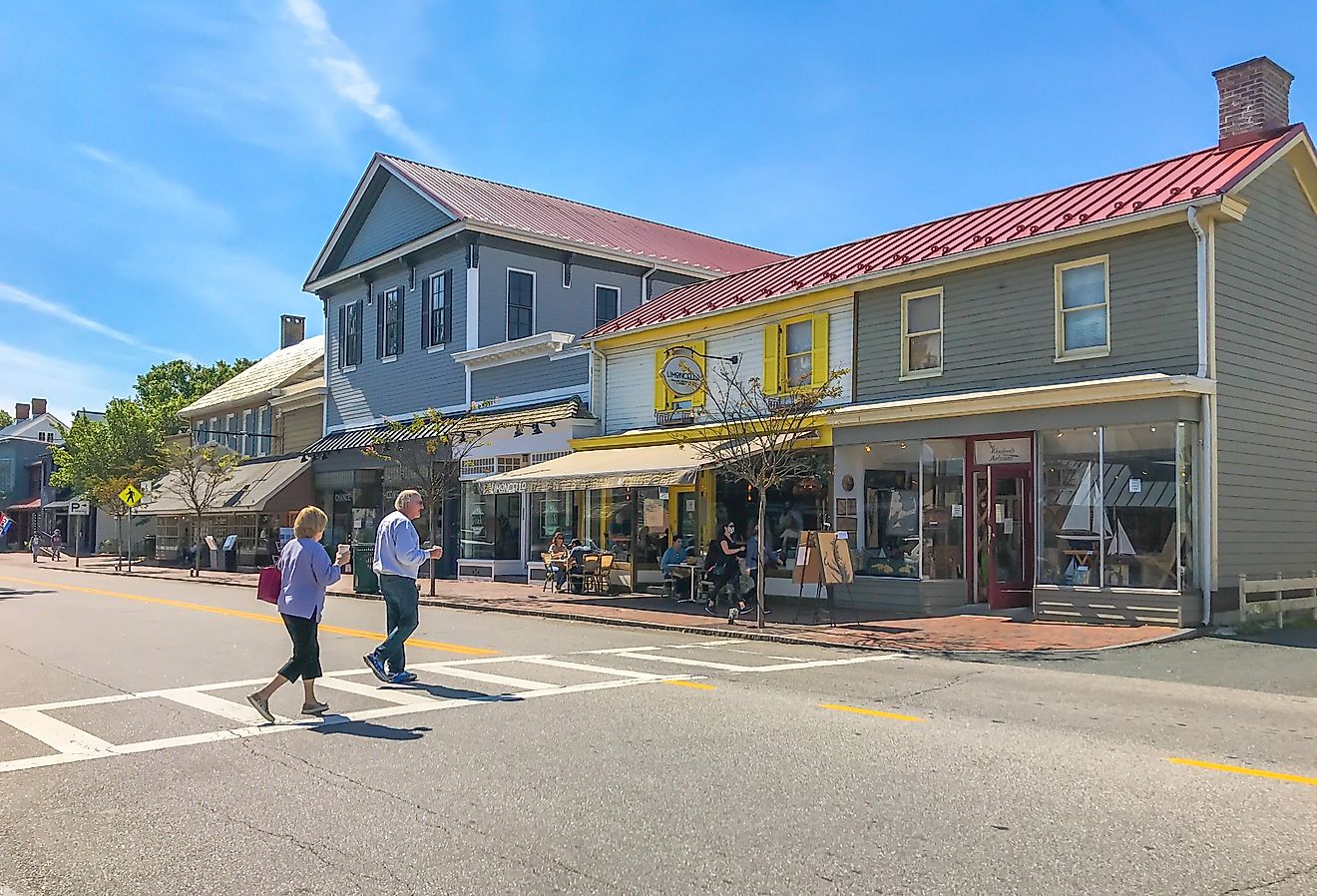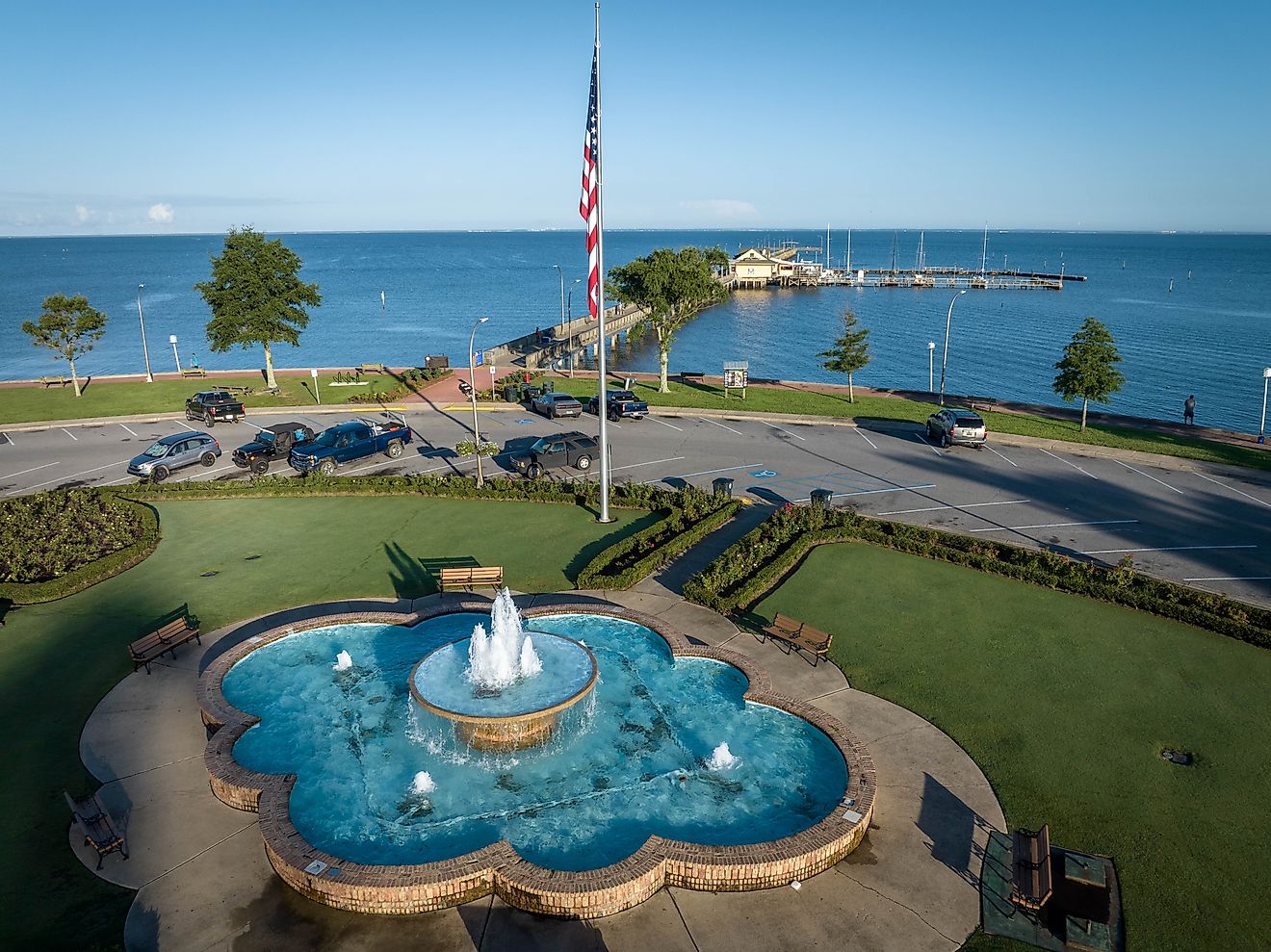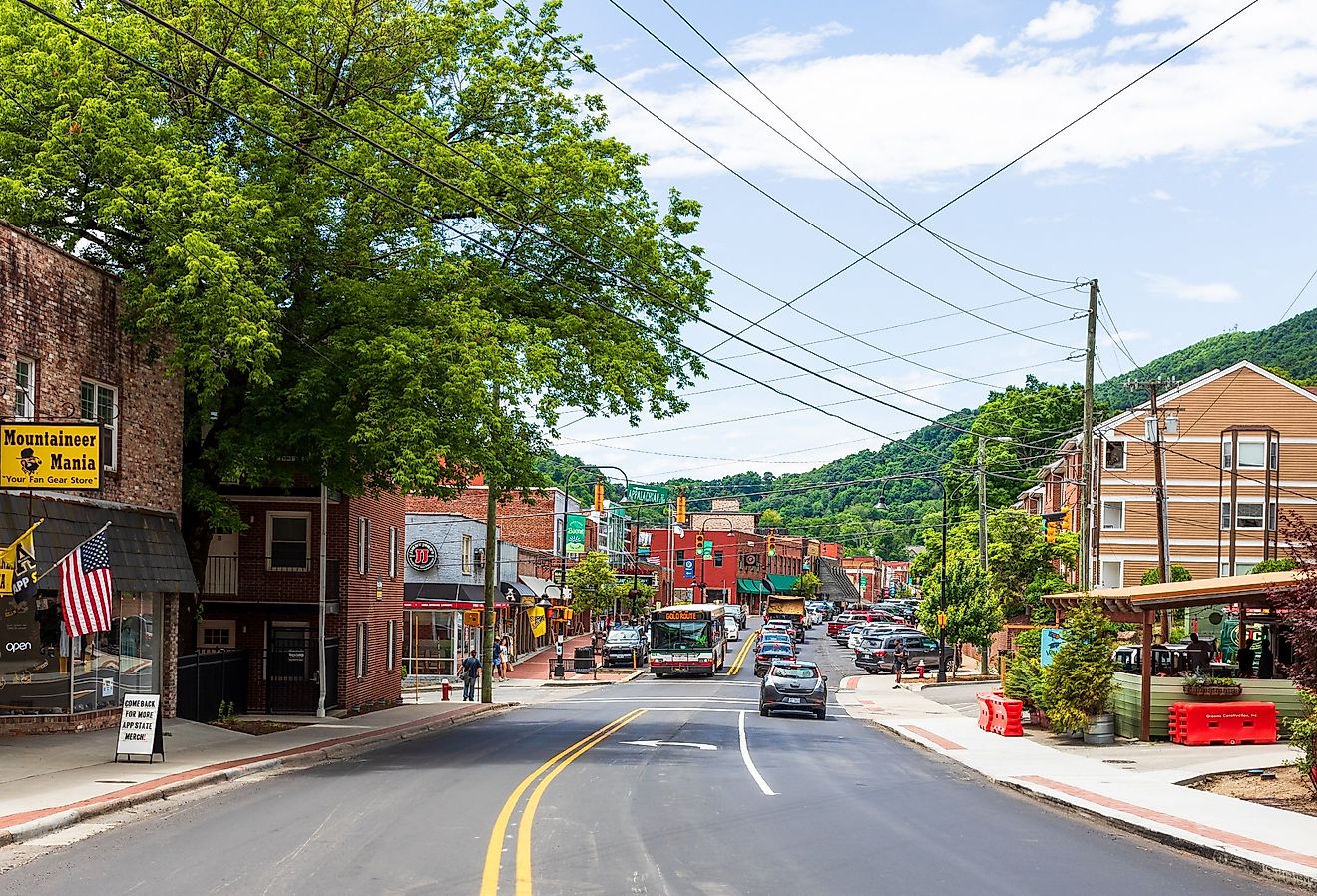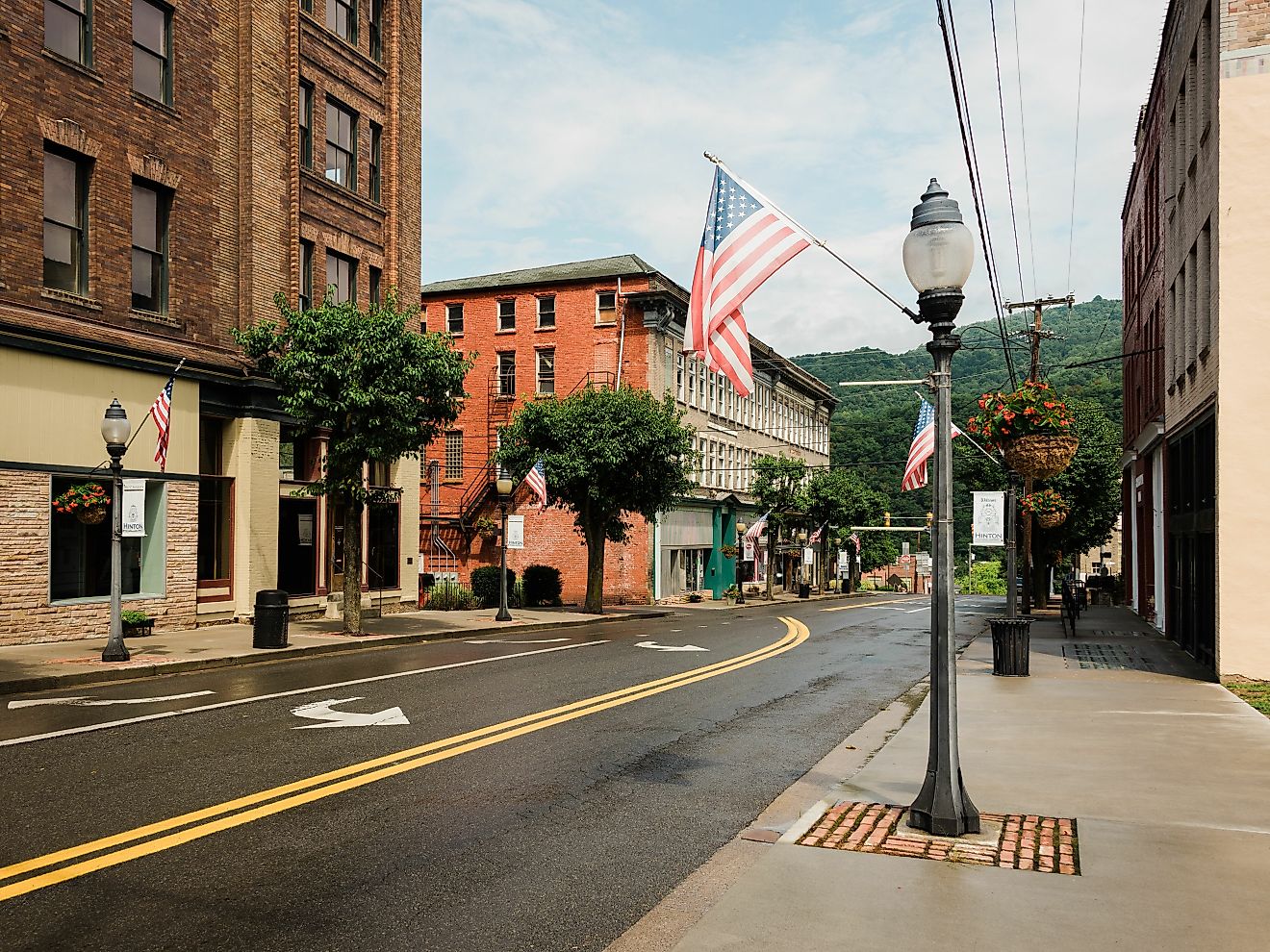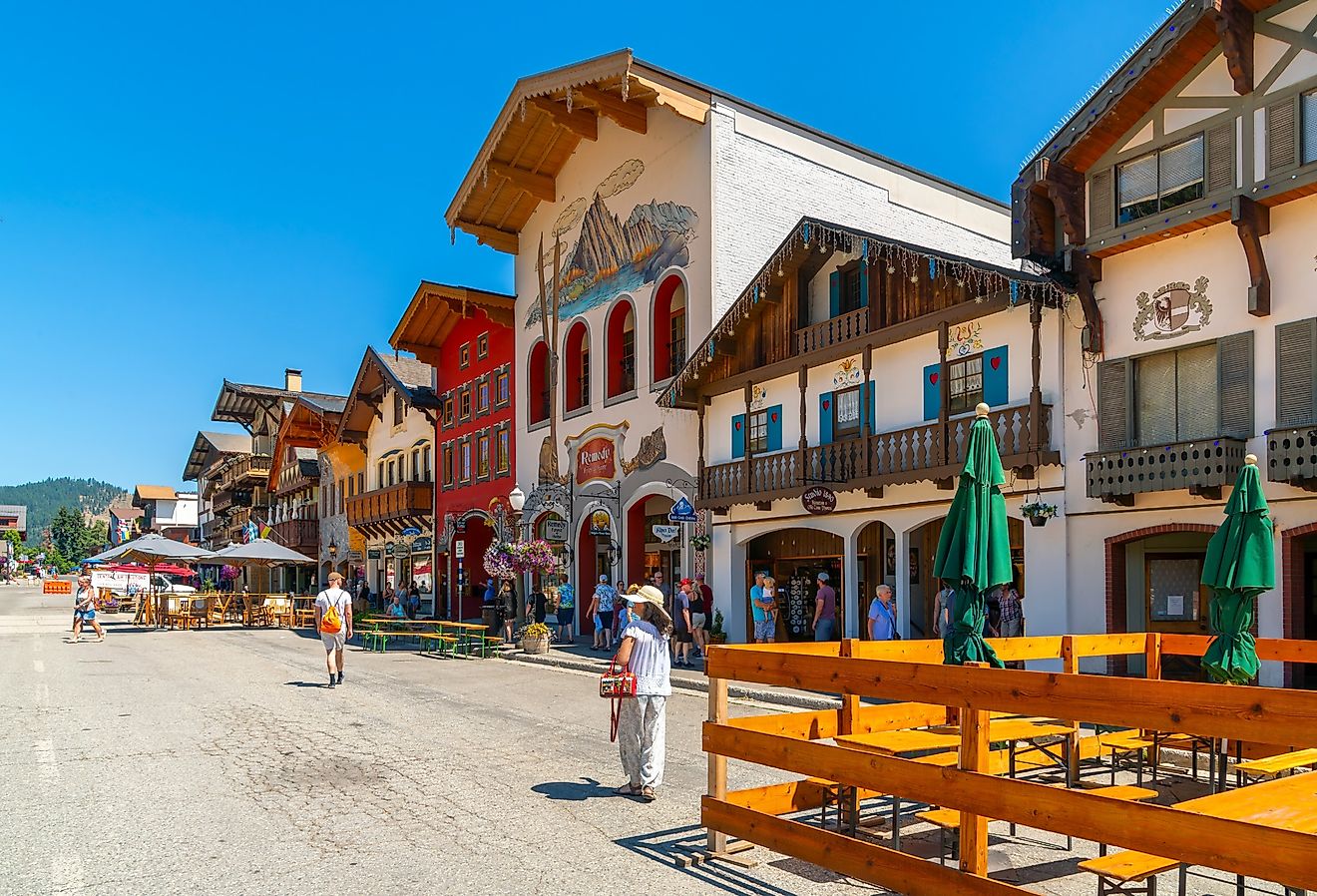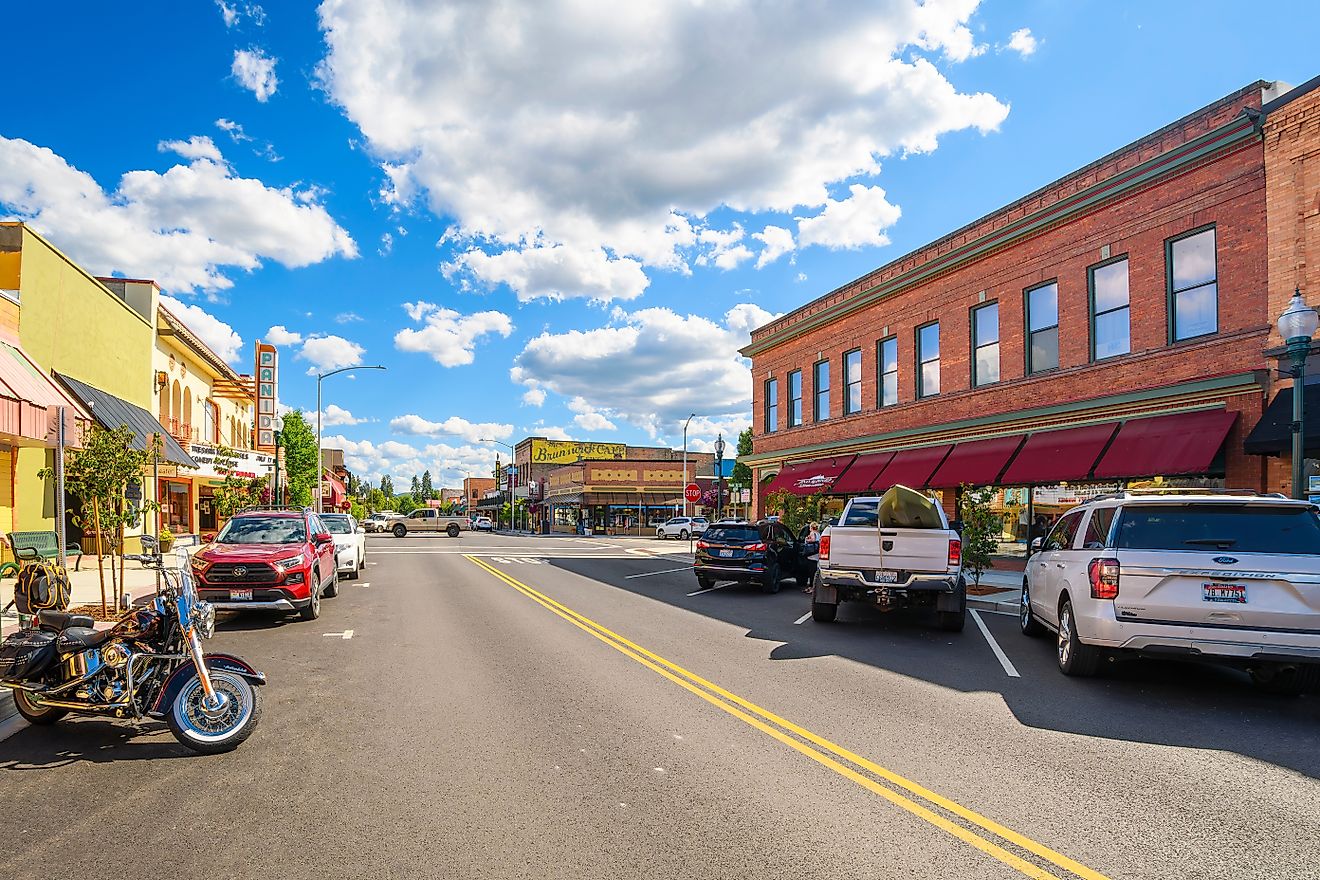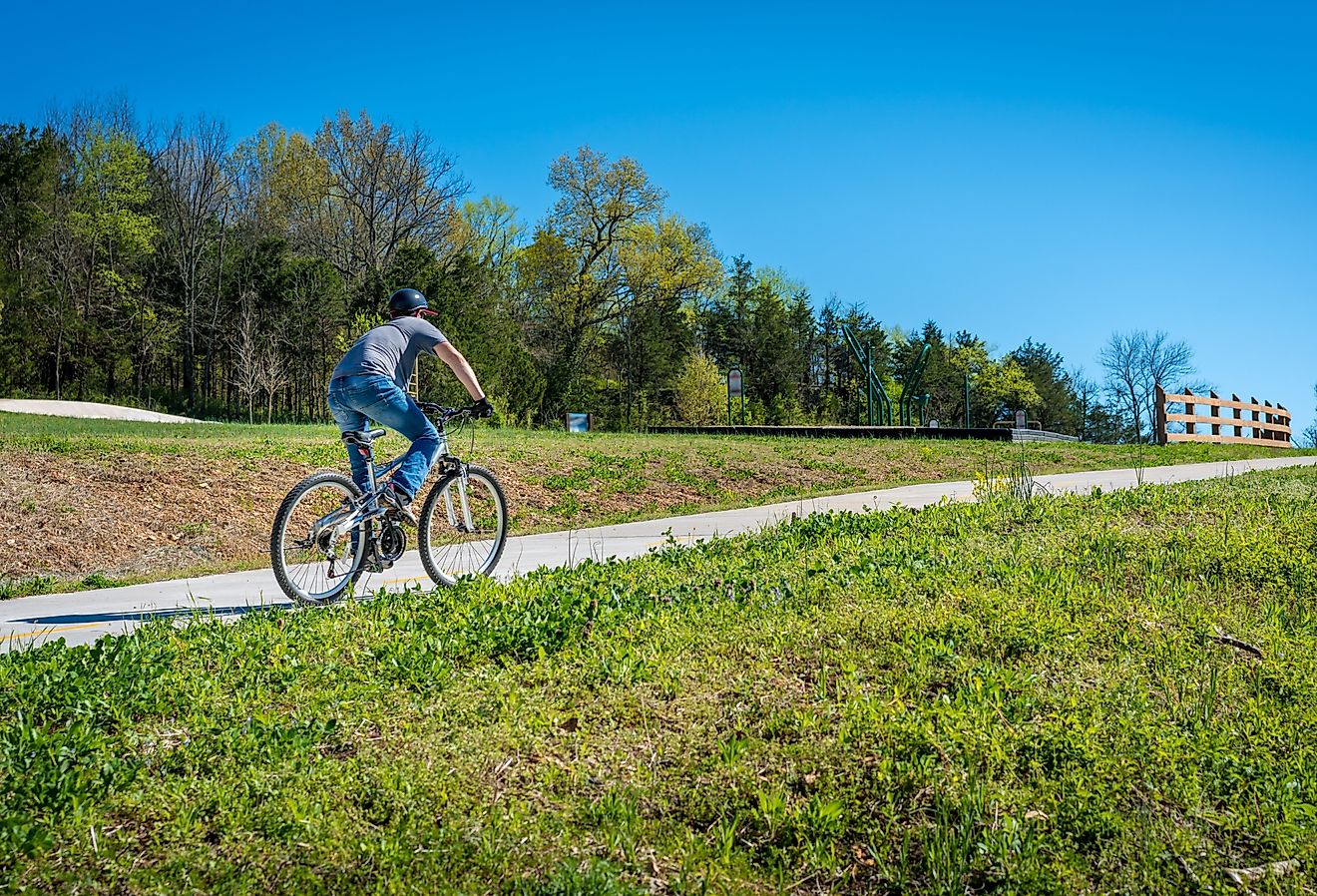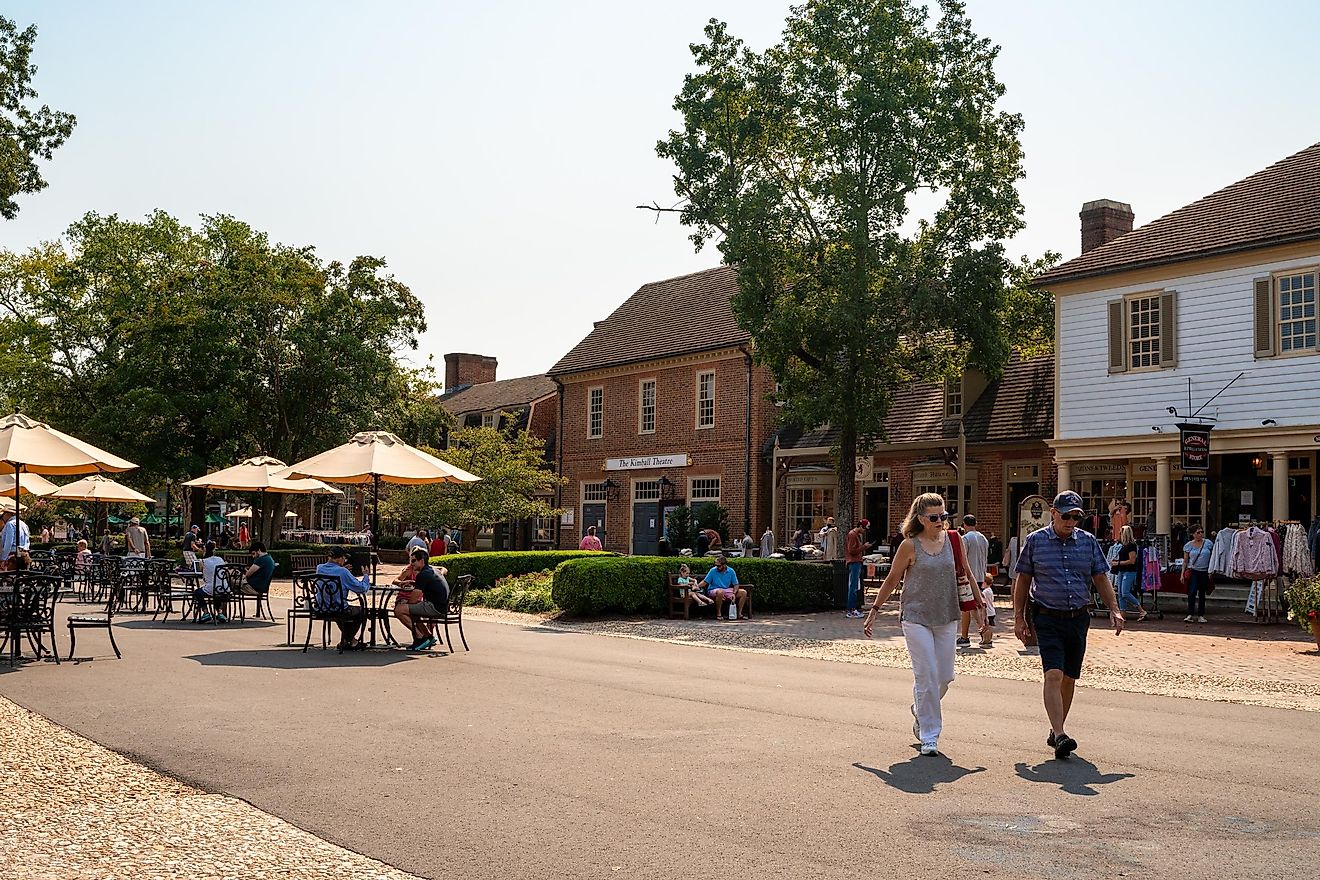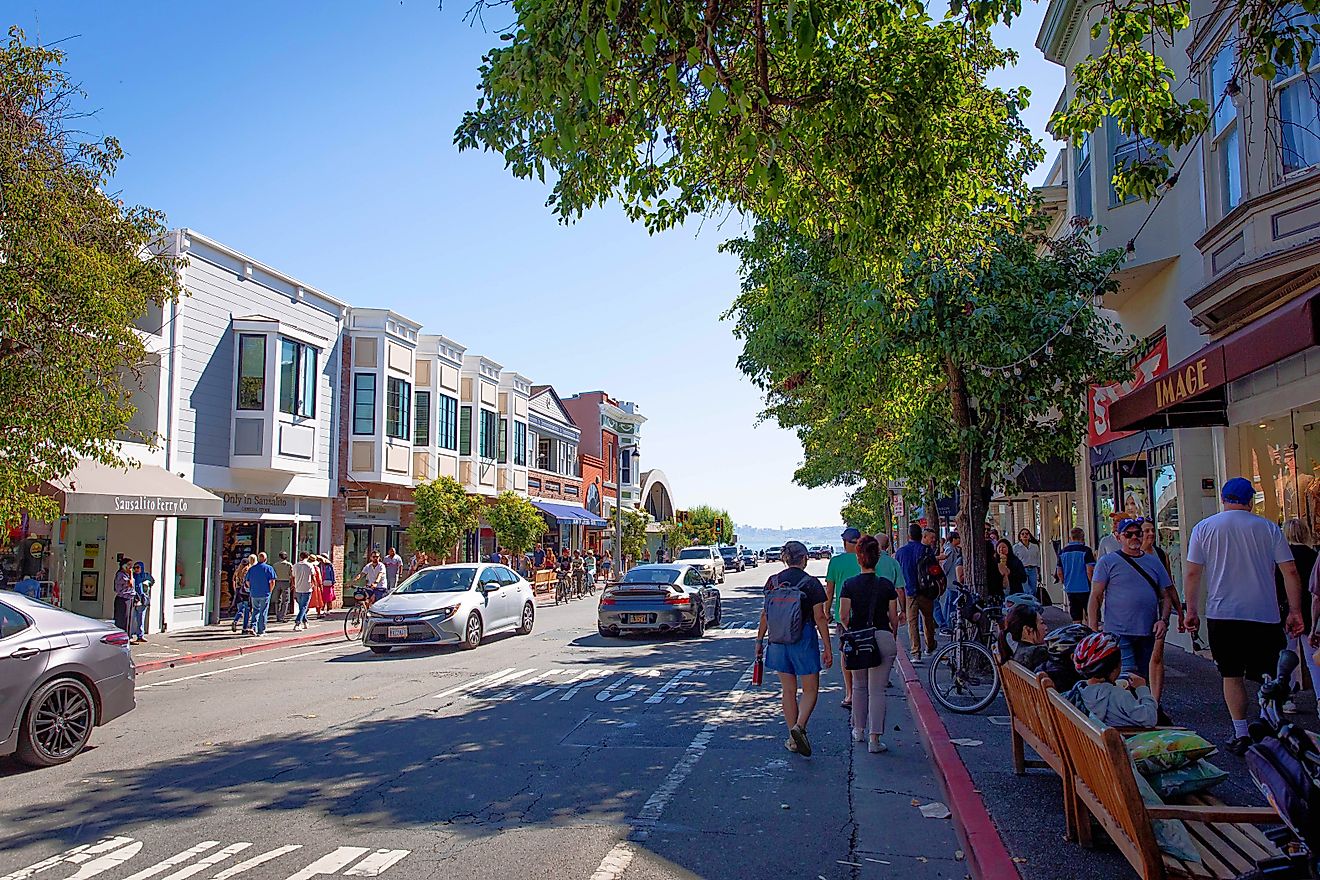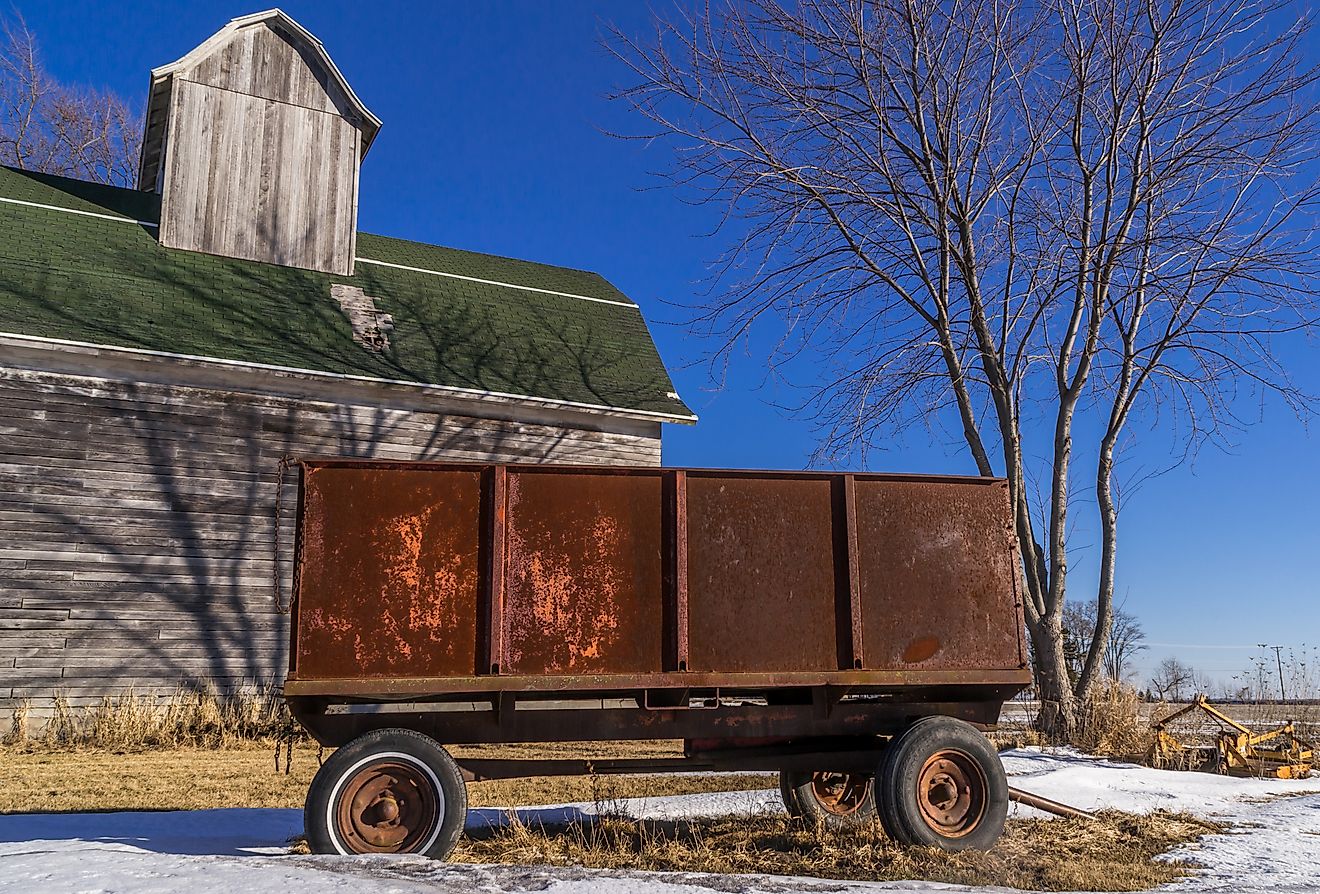
12 of the Most Quaint Small Towns in the Mid-Atlantic
The large cities of the Mid-Atlantic region are justifiably famous and include New York City, Philadelphia, and Washington, DC, to name only a few. Yet a host of much smaller, often-overlooked towns in the same region beg for a visit. As a region, the Mid-Atlantic usually counts seven states: New York, New Jersey, Pennsylvania, Delaware, Maryland, Virginia, and West Virginia. Its history pre-dates the United States' independence — the region contributed a great deal to winning the American Revolution and its ensuing war.
Ever since, the area has been developing local cultures, tasty specialties, and general charm. Though small, these quaint Mid-Atlantic small towns give a glimpse of what makes the region so special.
Croton-On-Hudson, New York

Croton-on-Hudson, population 8,100, delivers gobsmacking views over the east bank of the Hudson River and heaps of cultural interests. The town's 97 acres of Croton Gorge Park feature a river beach, trails, and a pavilion to take it all in. The glorious Van Cortlandt Manor, a stately home from the 18th century, is a must-see.
Croton Point Park makes for another postcard-pretty spot by the Hudson, and offers a variety of RV, camping, and hiking and walking options. Cultural festivals in town include the Great Hudson River Revival, an annual folk music gathering, as well as Summerfest, an event that brings together food, music, artists, and fundraisers. The Van Cortlandt Manor hosts "The Blaze" each October, a pumpkin-carving event.
Cold Spring, New York

First incorporated in 1846, Cold Spring, roughly 60 miles north of New York City, has 2,000 inhabitants and shares its side of the Hudson River with Croton-on-Hudson. History students of all ages will appreciate the town's inclusion on the National Register of Historic Places, given its well-preserved churches, homes, and buildings from the early 19th century. The structures typify forms from a region sometimes called the Hudson Highlands.
Fans of architecture and old historic buildings will enjoy Bannerman Castle, a former estate and abandoned military warehouse. Located between Cold Spring and the nearby town of Beacon, the castle is named after the Bannerman family, who built the residence in 1901, the land surrounding the castle still offers a scenic view of alluring gardens and paths created by heiress Helen Bannerman. Also, seek out the Putnam History Museum, which bears witness to the past and present of the county surrounding Cold Spring.
Cape May, New Jersey

Known for its sandy beaches and Victorian architecture, the seaside town of Cape May — New Jersey's southernmost point — drips with the charm of bygone days. The town's 2,800 inhabitants live in what has been designated a National Historic Landmark. Cape May offers delicious seafood restaurants, not to mention numerous outdoor activities such as whale and dolphin watching.
The town's Emlen Physick Estate, a landmark example of Victorian "Stick Style" architecture, today houses the Mid-Atlantic Center for the Arts and Humanities. A newer addition to the town’s tourist offerings is the Harriet Tubman Museum, built to honor the famous emancipation advocate and former slave. Tubman lived in Cape May in the early 1850s, when the town was a center of anti-slavery activism along the US Mid-Atlantic and elsewhere.
Colts Neck, New Jersey
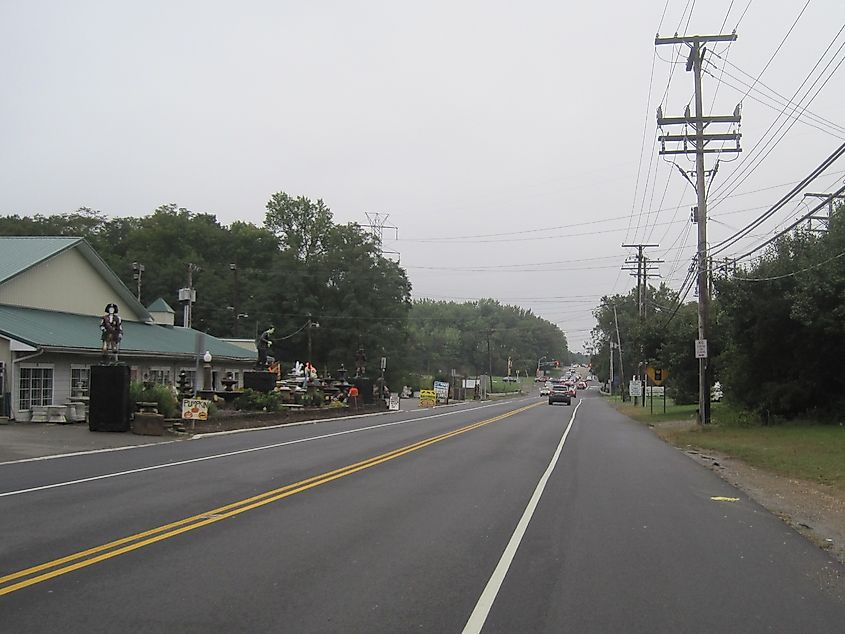
A town of just 10,000 residents in central New Jersey, Colts Neck is known for its small-town charm, horse farming, famous residents, and an ideal location near the Jersey Shore. It sits just 45 miles south of New York City. Colts Neck has star status of its own, with homes owned by the likes of rock'n'roll legend Bruce Springsteen, comedian Jon Stewart, actress Heather Locklear, and other famous names.
Colts Neck has lots to interest the outdoorsy tourist. It is a well-known center for equestrian sports. Thompson Park is a large natural area with hiking trails, a lake with fishing, an off-leash dog area, and tennis courts, among other features. Colts Neck is likewise home to the Naval Weapons Station Earle, a US Navy base operating there since World War II.
Doylestown, Pennsylvania

A quick drive from Philadelphia, Doylestown, population 8,400, lies in nearby Bucks County. Visitors should seek out the Mercer Museum, a quirky castle-like structure that houses tools and artifacts from local life. Another treasure is Fonthill Castle, a whimsical concrete masterpiece with intricate tiles. Visitors can also take a picnic at the Doylestown Community Park or explore the lush trails of the Peace Valley Nature Center.
The town's James A. Michener Art Museum, named after the popular author and Doylestown native, exhibits a diverse collection of American art that includes works by Pennsylvania impressionists. The town's Pugh Dungan House, a Federal-style residence built in 1830, is listed on the National Register of Historic Places.
Chadds Ford, Pennsylvania

Chadds Ford, with 3,900 inhabitants, has an artistic legacy larger than most Mid-Atlantic cities. Located in Pennsylvania's far southeast corner, next to Delaware, the town hosts the Brandywine River Museum of Art, dedicated to regional and American works. The town is likewise the home of artist and illustrator NC Wyeth, and his equally gifted son, painter Andrew Wyeth, who was born, raised, and died in the town. The younger Wyeth founded the Christian C. Sanderson Museum, a venue for local and national history, in 1967.
History amateurs should visit the Battle of Brandywine site, a Revolutionary War battle that transpired in Chadds Ford. Fresh-air seekers will spend a worthwhile visit at Kennett Square's Longwood Gardens in town. Those who appreciate life's finer things might jaunt out to Chaddsford Winery for a taste of local vintages — it is one of the largest vineyards in Pennsylvania. Drivers can tour the area via the Brandywine Valley Byway. Part of the town's southern border abuts the Twelve-Mile Circle, the only curving state border in the United States.
Lewes, Delaware
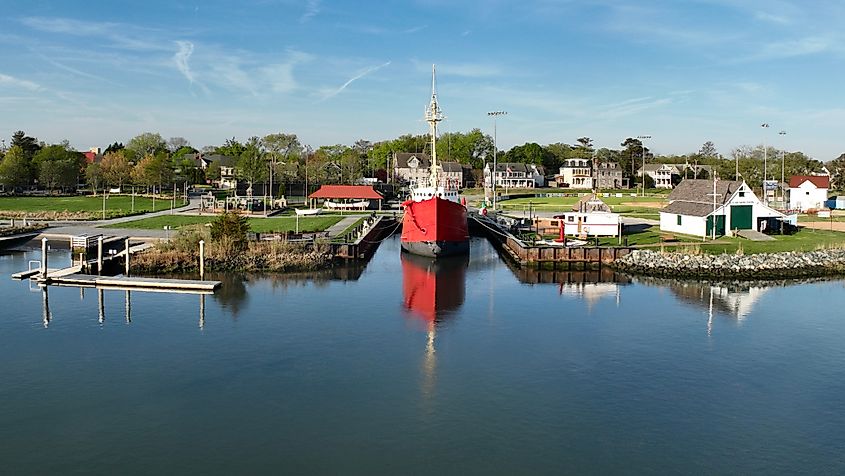
Located along Delaware’s scenic ocean coast, Lewes, with 3,500 residents, boasts a unique blend of history and natural beauty. A visit to Lewes will deliver delightful beaches, postcard-perfect nature trails, and a lively downtown area with boutiques and seafood specialties. The town's waters protect some of the best historic lighthouses in Delaware Bay, notably the Harbor of Refuge Light and the Delaware Breakwater East End Light.
Visitors can also explore the historic district, with its beautifully preserved buildings that date back to the 17th century. Lewes has several museums, including the Zwaanendael Museum, which showcases artifacts from Delaware’s early Dutch settlement. Green spaces, including Cape Henlopen State Park and the Beach Plum Island Nature Preserve, surround the town.
Rehoboth Beach, Delaware

Rehoboth Beach, counting 1,200 residents, takes in many thousands more during the summer season. Founded in 1873 specifically as a resort destination, the town has stood as a beloved beach destination ever since. The main street, Rehoboth Avenue, leads straight to the beach.
The town has a famous beach boardwalk, built the same year as the town's founding, for memorable beachside strolling. A number of prominent people from mid-Atlantic cities maintain summer homes in Rehoboth Beach, including US president Joseph Biden. Besides its man-made attractions, the town features an all-natural anomaly: it is home to Silver Lake and Lake Comegys. These are the only two natural, freshwater lakes in the state of Delaware — and the closest freshwater lakes to the Atlantic Ocean anywhere in the United States.
St. Michaels, Maryland
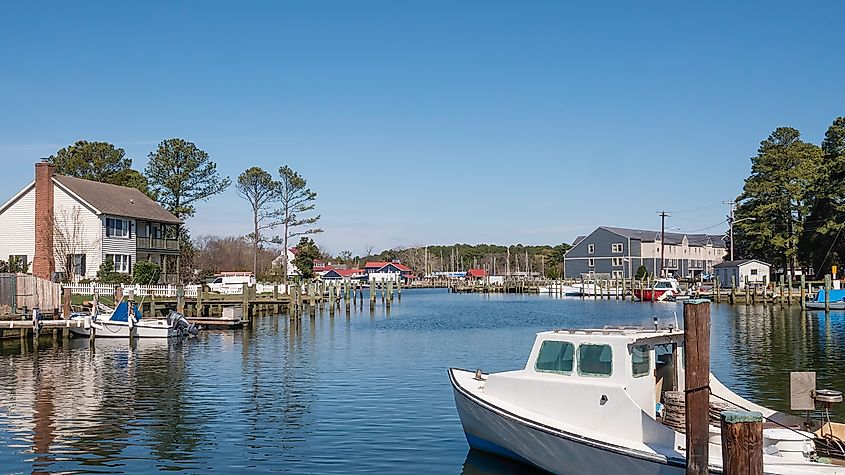
St. Michaels, population 1,100, has an upscale reputation, but provides fun and fascination at all budget levels. From the town's founding in 1778, it became a center of shipbuilding. Students of local history and industry should head for the Chesapeake Bay Maritime Museum, which features an 18-acre waterfront, a marina, and outdoor and indoor exhibitions. Traveling families might like the 1879 Hooper Strait Lighthouse, a point of interest for all ages.
For those who appreciate fine historic homes, St. Michaels' downtown offers examples of Italianate, Federal, and Gothic Revival building styles. The town's historic district has been on the National Register of Historic Places since 1986. For fresh air, head to Perry Cabin Park, or just stroll the main drag, Saint Michaels Road.
Berlin, Maryland

Berlin, population 5,300, was founded in 1868 in the aftermath of the Civil War. Though the name sounds like a nod to the German capital city, the actual naming origin derives from "Burleigh Inn," an old tavern at the crossroads that blossomed into today's Berlin. For modern travelers, Main Street boasts an assortment of historic shops and buildings, including the Calvin B. Taylor House, erected in 1832.
Berlin is a popular local hub for hunting and fishing. A visit to the nearby Assateague State Park on Assateague Island delights tourists with natural vistas of the Assateague Horse, a breed that lives in the wild. Similar horses also inhabit nearby Chincoteague Island, Virginia. The two islands neighbor one another as barrier landforms along the Atlantic coast.
Culpeper, Virginia

Culpeper, with 20,800 inhabitants in northern Virginia, combines a small-town vibe with the amenities of the much larger city of Washington, D.C. Sitting between Charlottesville and the nation's capital, Culpeper owes its original layout to a teenage surveyor whose name would mark American history: George Washington.
More recent local history includes the Battle of Cedar Mountain, a Civil War battle from 1862, located not from the town but within Culpeper County. The town boasts nearly 30 entries on the National Register of Historic Places. Its station on the Amtrak train line makes it easily accessible to or from Washington.
Harpers Ferry, West Virginia

At a spot where two rivers and three states meet, the town of Harpers Ferry, with fewer than 300 residents, is a historical, and beautiful, destination for Mid-Atlantic travel. At the confluence of the Potomac and Shenandoah rivers, the geography of Harpers Ferry helps form the borders of Maryland, Virginia, and West Virginia. The town is the site of the raid of abolitionist John Brown in 1859.
In Harpers Ferry, visitors can hit more than four national parks at the same time: after the John Brown site, walk across the Potomac River into Maryland, to the Chesapeake & Ohio Canal National Historical Park towpath — also a part of the Potomac Heritage National Scenic Trail — and hike on the Appalachian National Scenic Trail as it works its way through the lower town. Harpers Ferry lies about a 90-minute drive northeast of Washington, DC.
A Dozen Quaint Mid-Atlantic Towns — for First or Repeat Visits
From New York's Hudson Valley to the Atlantic Coast and the Chesapeake Bay, and onward to colonial Virginia and Harpers Ferry, this dynamic part of the United States has done as much as any other to shape the nation. A visitor will never grow bored in the Mid-Atlantic. With cultural, architectural, and recreational tourist options of all kinds, the Mid-Atlantic makes a great fit for singles, couples, families, and groups. A future visit may be less a matter of when and where, but how many times.
